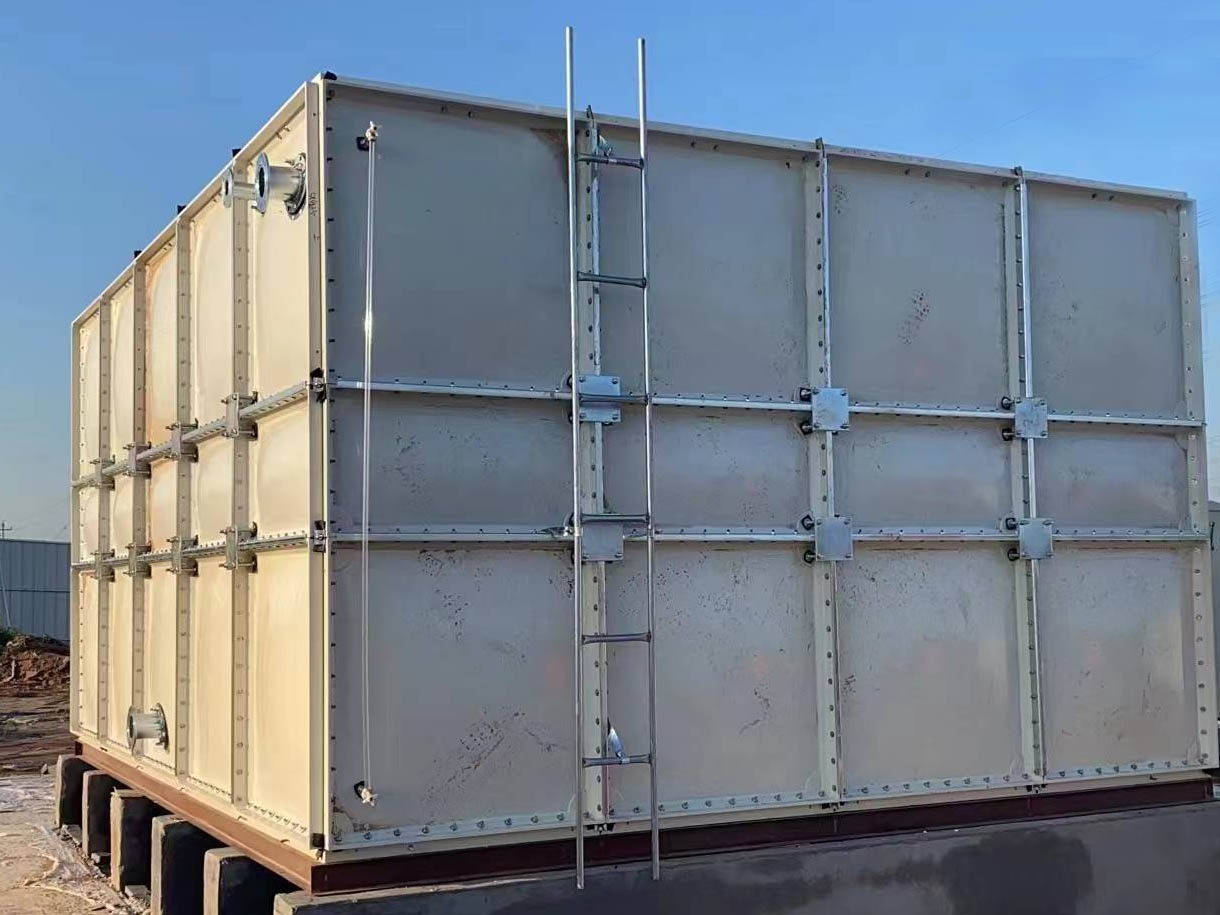Fiberglass tanks, also known as FRP (Fiber Reinforced Plastic) or GRP (Glass Reinforced Plastic) tanks, are widely used in industrial, agricultural, and wastewater treatment applications due to their excellent strength, corrosion resistance, and lightweight properties. However, there are occasions when cutting a fiberglass tank becomes necessary—be it for size adjustment, access ports, or repurposing the tank. Since fiberglass is a composite material, cutting it requires precision, safety, and the right set of tools. This guide provides professional insight into the best practices for cutting fiberglass tanks.
Before cutting, it’s important to understand the structure of a fiberglass tank. Most GRP/FRP tanks are composed of glass fibers embedded in a polyester or epoxy resin matrix. The surface may have a protective gel coat to improve chemical resistance. This layered construction makes the material durable but also produces fine dust when cut, which can be harmful if not properly managed.
Choosing the right cutting tool depends on the tank thickness and the type of cut required:

After cutting, inspect the tank for any delamination or damage around the cut area. Use fiberglass repair kits if needed to reinforce edges or seal gaps. If the tank is used for water or chemical storage, recoat the cut surface with a compatible resin or gel coat to maintain chemical resistance.
Custom-cut fiberglass tanks are often used in retrofitting water treatment systems, adjusting tank heights in confined areas, creating access hatches, or repurposing old tanks into planters or storage units. The flexibility and durability of FRP/GRP make it ideal for modular design in industrial and commercial settings.
Cutting a fiberglass tank requires the right preparation, tools, and safety precautions. Whether you are resizing a GRP water tank, modifying an FRP chemical tank, or repurposing a composite storage vessel, following proper techniques ensures clean results and prevents structural compromise. Always prioritize safety and consider consulting a professional if the job involves structural components or hazardous materials.
Related Topics: How to Repair a GRP Tank | Composite Material Applications in Water Treatment | GRP Tank Installation Guide
Experience the brand Trusted by Renowned Companies across the GLOBE.

Pipeco stands at the forefront of the market, recognized as a premier manufacturer, supplier, and exporter specializing in top-tier GRP water tanks, stainless steel water tanks, and SMC manhole covers, FRP Water Tank, Fiberglass Tank, SMC Water Tank committed to delivering unparalleled quality and excellence.